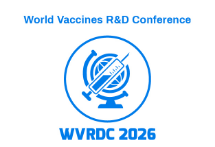Scientific Sessions
Viral Replication
Viral replication refers to the replication of viruses in a host cell, which includes phases such as attachment, entry, uncoating, replication, translation, assembly, and release. Viruses depend on the host cells to replicate, utilizing the cell's machinery to synthesize new viral particles, although this usually destroys the host cell. Viruses are categorized as DNA, RNA, or reverse transcription based on their type of genetic material. Understanding viral replication is essential for the development of antiviral drugs and vaccines. The World Vaccines R&D Conference is critical in advancing research to disrupt viral replication and improve global health.

